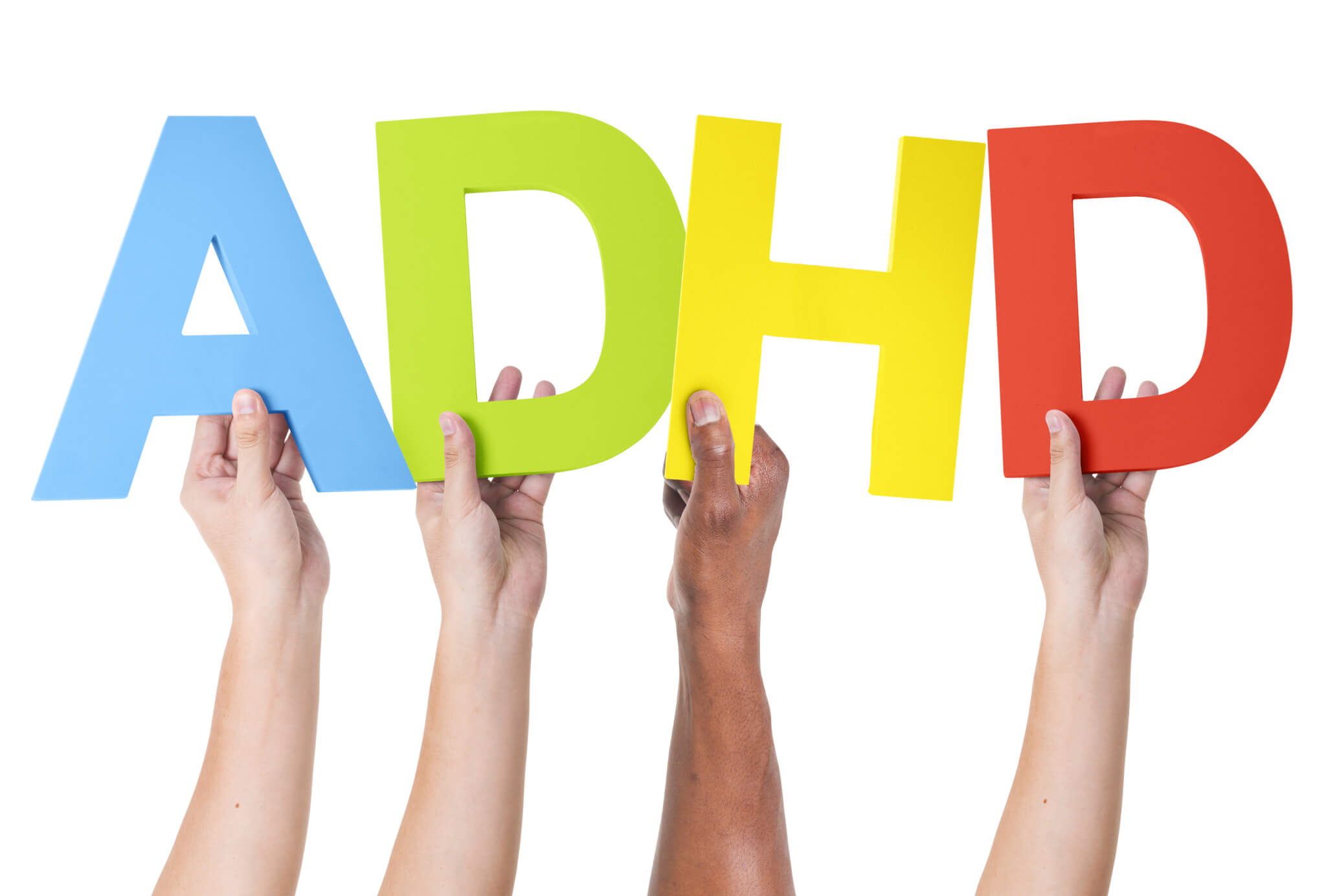this page is a continuation of six ADHD types Overfocused ADD and Limbic ADD.
One ADHD researcher, Dr. Daniel Amen at the Amen Clinic has used SPECT brain imaging (Single Photon Emission Computed Tomography) to study attention deficit and has found six different types of ADHD. His research indicates that there are six types of ADHD. Daniel Amen’s six types of ADHD make more sense than the conventional model with three types, as his model reflects real-life ADHD. Determining the type of ADHD is a great help in finding the best treatment for the individual person with attention deficit and/or hyperactivity problems.
Please remember that ADD/ADHD is dimensional and not categorical. There are overlaps between the different types as well as variations as to which symptoms a person has and the severity of the specific symptoms.
Type 3: Overfocussed ADD – Not “real” or true ADHD – Oppositional
Symptoms:
- Inattentive.
- Short attention span.
- Easily distracted.
- Disorganized loses or misplaces things.
- Hyperactive.
- Stuck in negative thoughts or behavior.
- Worries excessively even over things that are not important.
- Holds grudges.
- Inflexible cognitive thinking.
- Obsessively compulsive about the way things ought to be done.
- Argumentative and oppositional towards parents. May even seem to enjoy arguing.
- has to have his/her own way.
- Task oriented, has trouble shifting attention or from one activity to another.
- Needs things to remain the same.
- Often is in families with addiction problems or obsessive-compulsive tendencies.
Anterior Cingulate Gyrus
SPECT Pattern: Usually high anterior cingulate activity plus low prefrontal cortex with concentration.
Natural Treatment:
- Stimulant medication and L-Tyrosine supplements are likely to make a person with this type of ADD worse.
- Supplement formulations that help the over focussed type are:
- Deprex, for the worry and depression.
- Extress, for anxiety, irritability and restlessness.
- Attend, for attention deficit symptoms, inattention and distractibility.
- A helpful resources for you to get over anxiety is the EasyCalm Video Coaching Series. This is the leading anxiety and panic attack coaching series in downloadable video.
- Behavior programs for oppositional behavior. There are different strategies for the two age groups:
- in 2 to 12 year olds
or - oppositional behavior in teens.
- in 2 to 12 year olds
ADHD Health comments: This is not the true positive attention deficit hyper focusing personality (ADD/ADHD). This is Oppositional Defiant Disorder (ODD) or Conduct Disorder (CO). The argumentativeness, the different brain areas affected and the different response to treatment indicates that this is a different condition and not what is normally referred to as ADHD. This type is often seen in dysfunctional families where there is alcohol or other addiction problems.
The Anterior Cingular Gyrus overactivity is crucial in showing that this is not conventional ADHD. This part of the brain functions as the gatekeeper between the brain’s emotional limbic region and the cognitive frontal cortex. In this ADD or rather an ODD type of person, there is no control switch allowing negative emotion to flood the thinking area. It is here in the Cingular Gyrus that shifting attention from one task to another takes place. The overactivity in the Cingular Gyrus explains the cognitive and behavioral inflexibility with shifting tasks and the compulsive thinking as to how things ought to be.
Type 5: Limbic ADD
| Limbic System:
- Includes the thalamus and hypothalamus
- Regulates emotions
- Emotional memories
- Influences the hormone system
- has a relay and gating function for sensory information
- Control of motivation and drives
Symptoms:
- Inattentive.
- Have a chronic mild depression with negative thoughts.
- Easily give up, opposite of the resilient Inattentive and Hyperactive types
- Apathetic with low energy.
- Low self-esteem, feelings of worthlessness.
- Often feel helpless or hopeless.
- Poor sleep patterns.
SPECT Pattern: Usually high deep limbic activity plus low prefrontal cortex at rest and while concentrating.
Natural Treatment:
- Diet. ADD people have a different metabolism to average people and so do depressed people.
- Omega-3 fish oil.
- Cognitive Behavioral Therapy and/or biofeedback training.
- Aerobic exercise daily for 30-45 minutes, preferably outside.
- Supplement formulations specially formulated for the ADD metabolism and depression:
- Attend, for attention deficit symptoms, inattention and distractibility.
- Deprex, for the worry and depression.
- Extress, for restlessness and anxiety.
ADHD Health comments: This is another form of attention deficit, but with the added complication of the brain locked into a negative thought pattern. The other forms of real or true ADHD the inattentive and classic types are resilient and can take knocks, bouncing back. However, this type tends to give up easily and is more likely, for that reason to fail in life. Therapy to reset the brain or calm the limbic system, such as some forms of meditation might work well. Stimulant medication is likely to make the condition worse in this ADD type.
ADD ADHD types four and six continue on Temporal Lobe ADD and Ring of Fire ADD.


